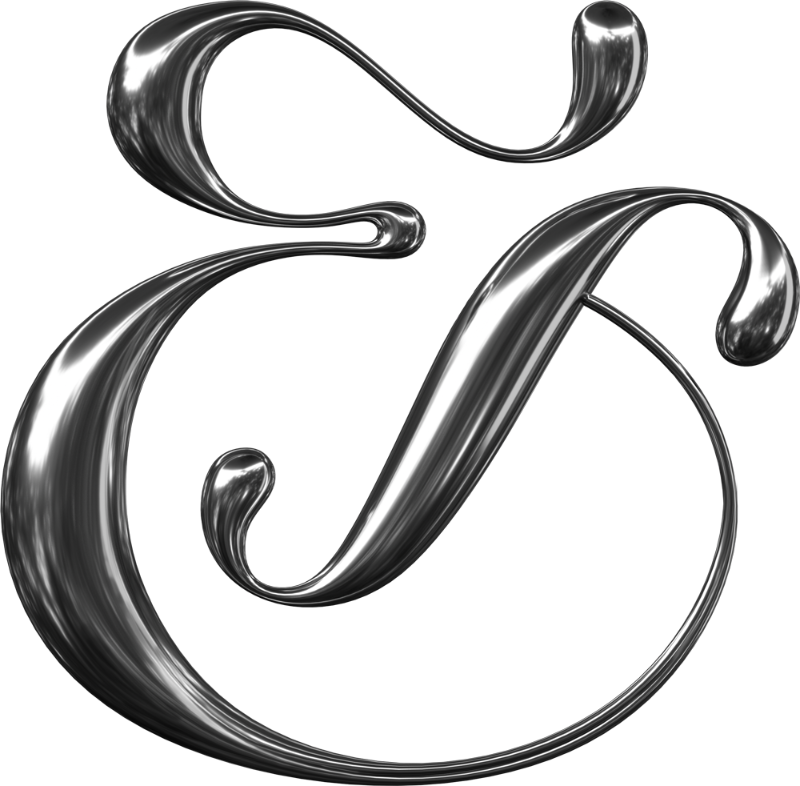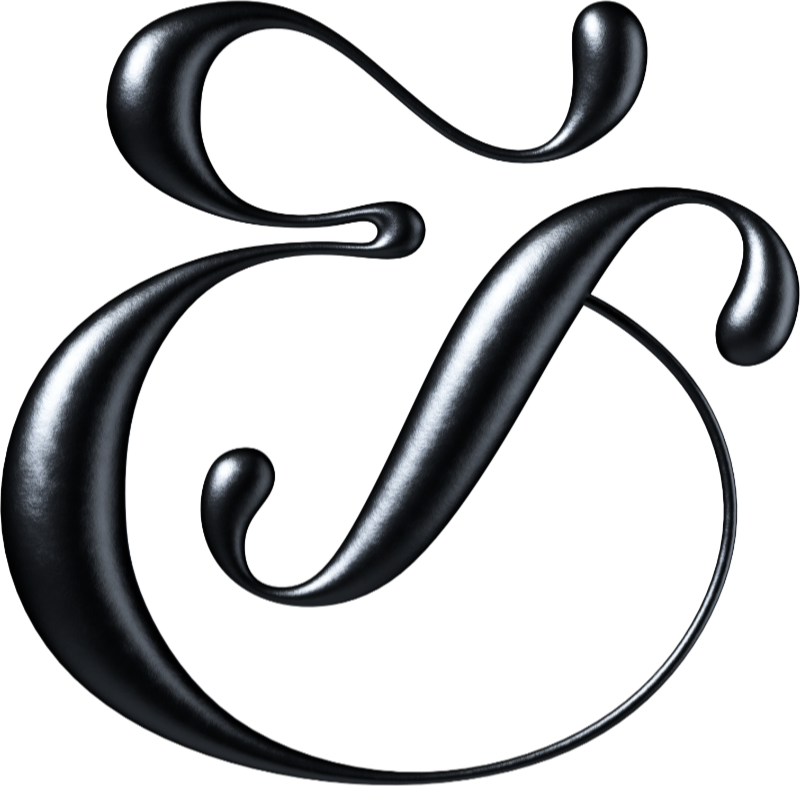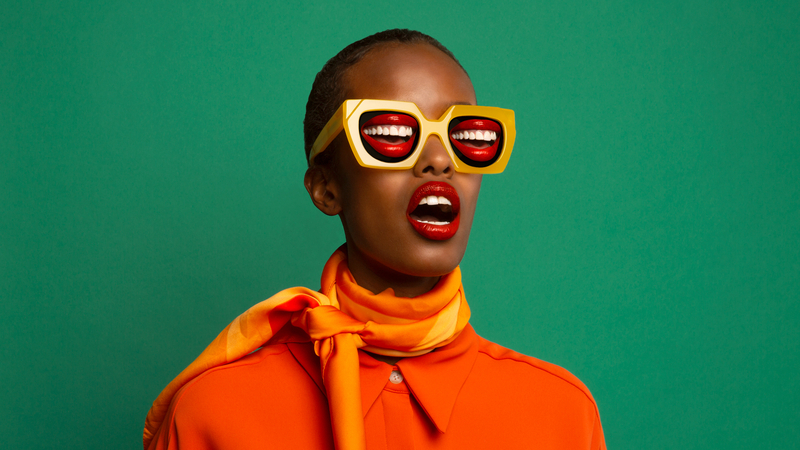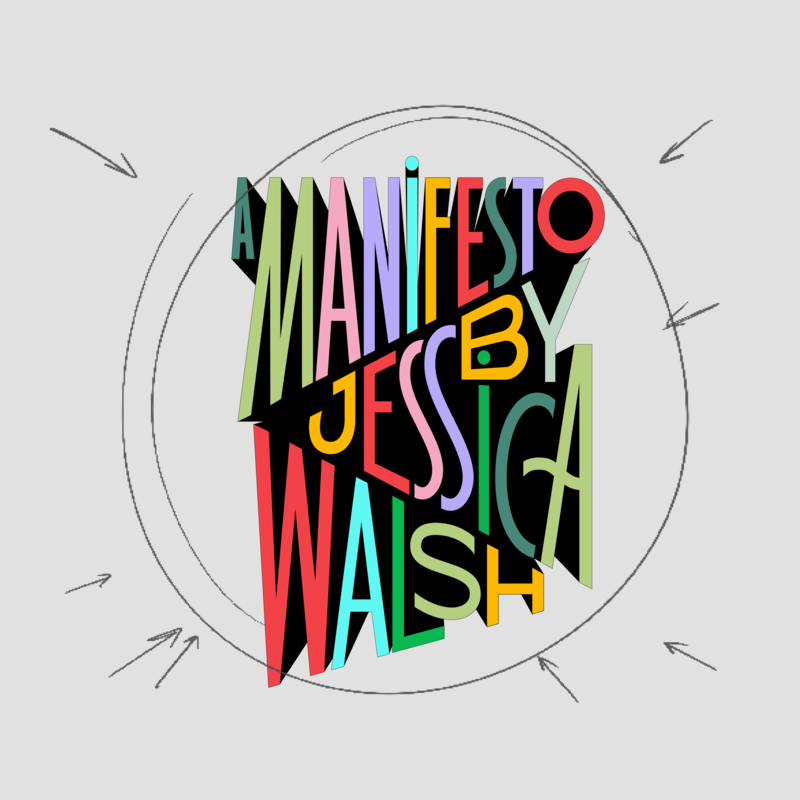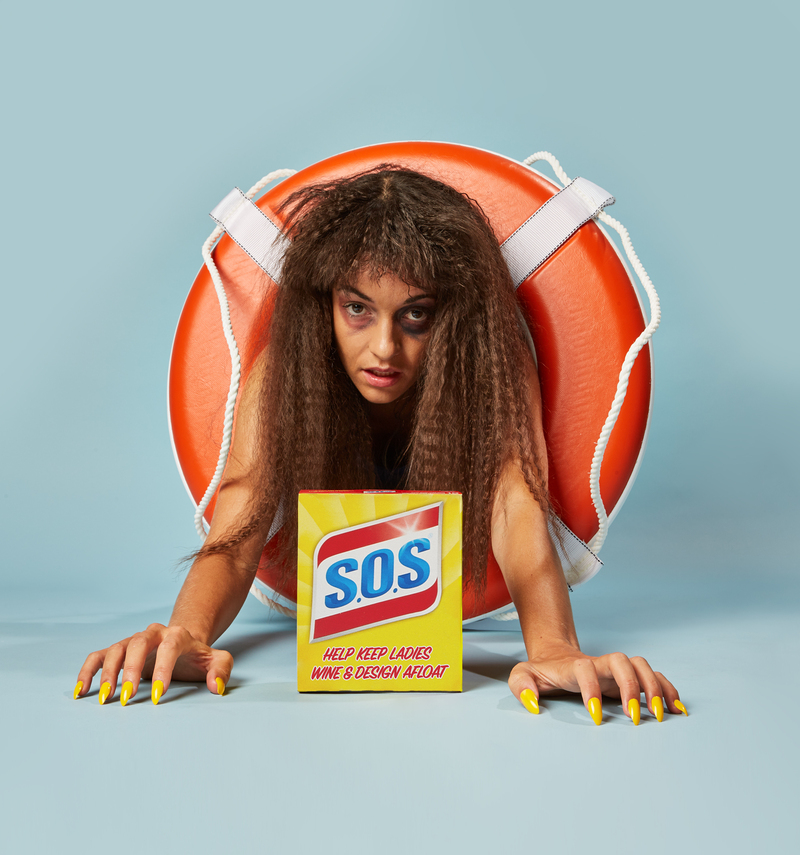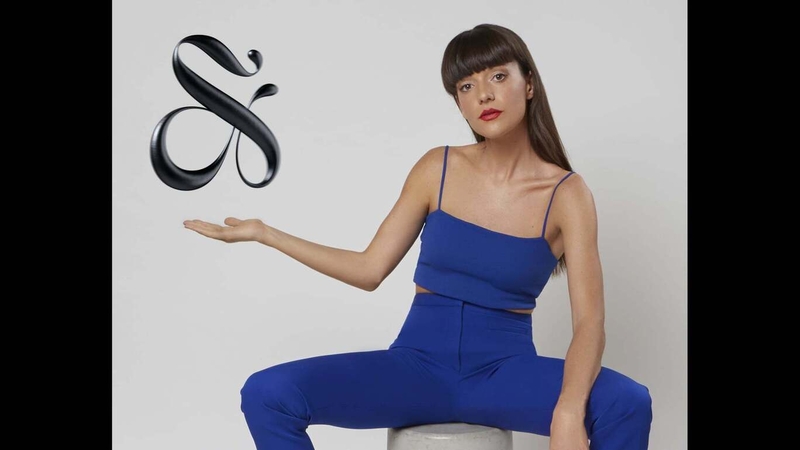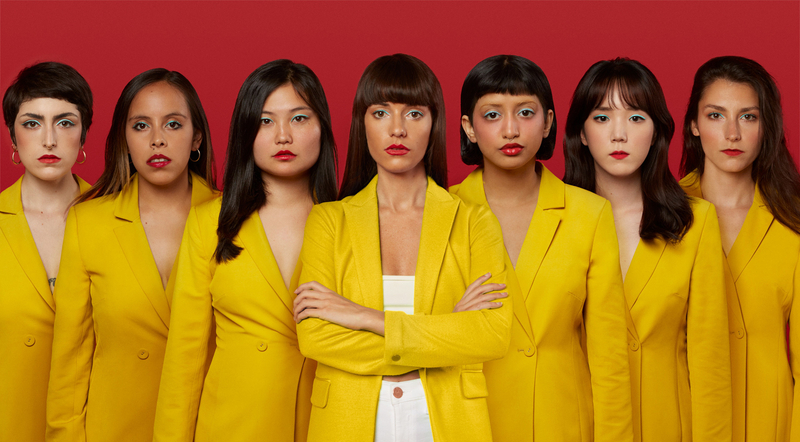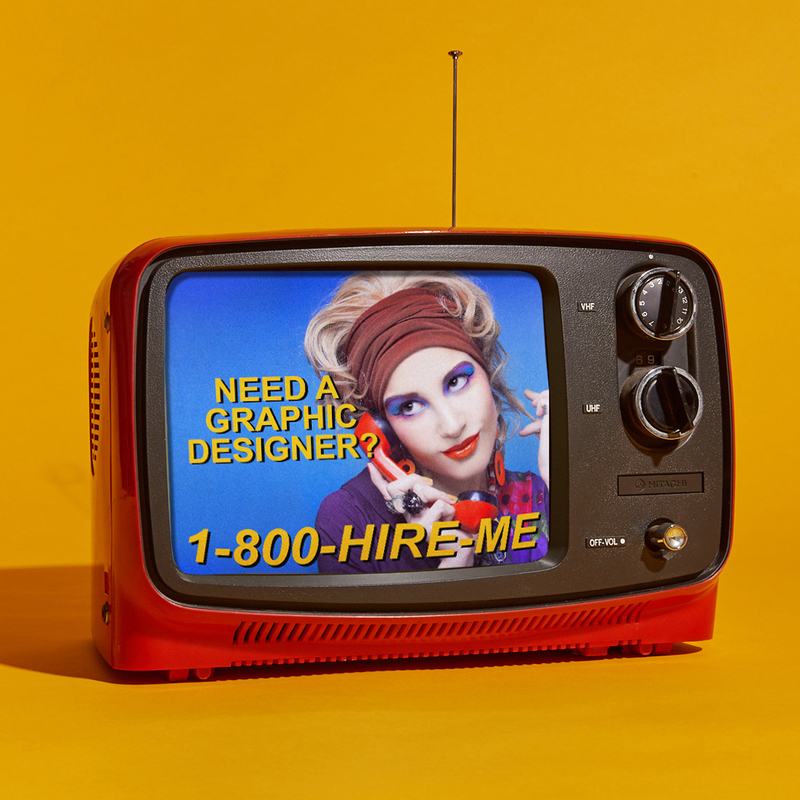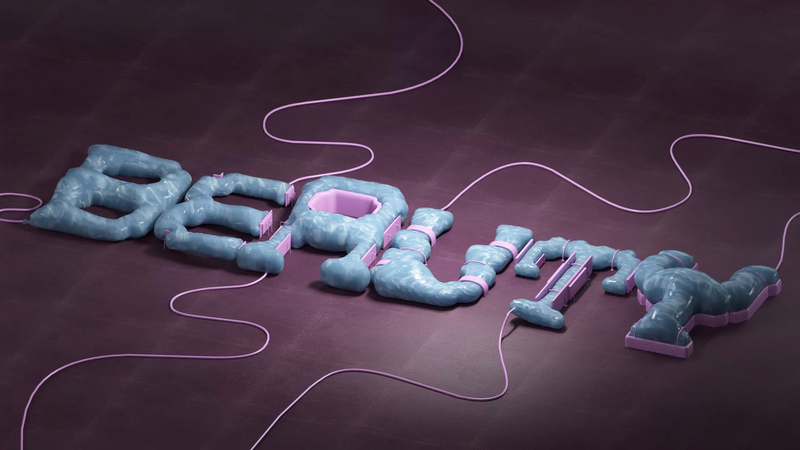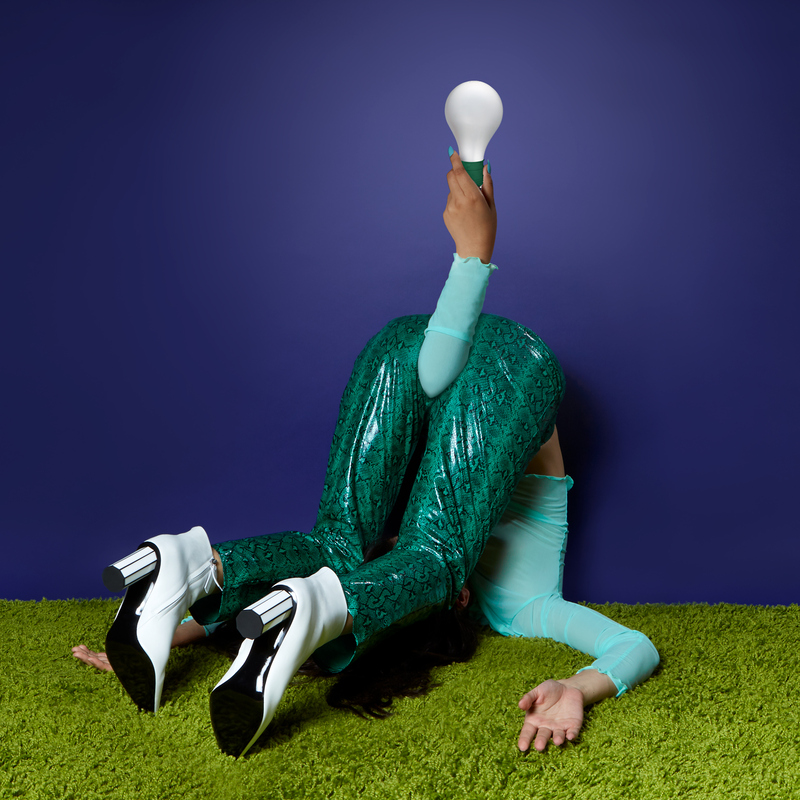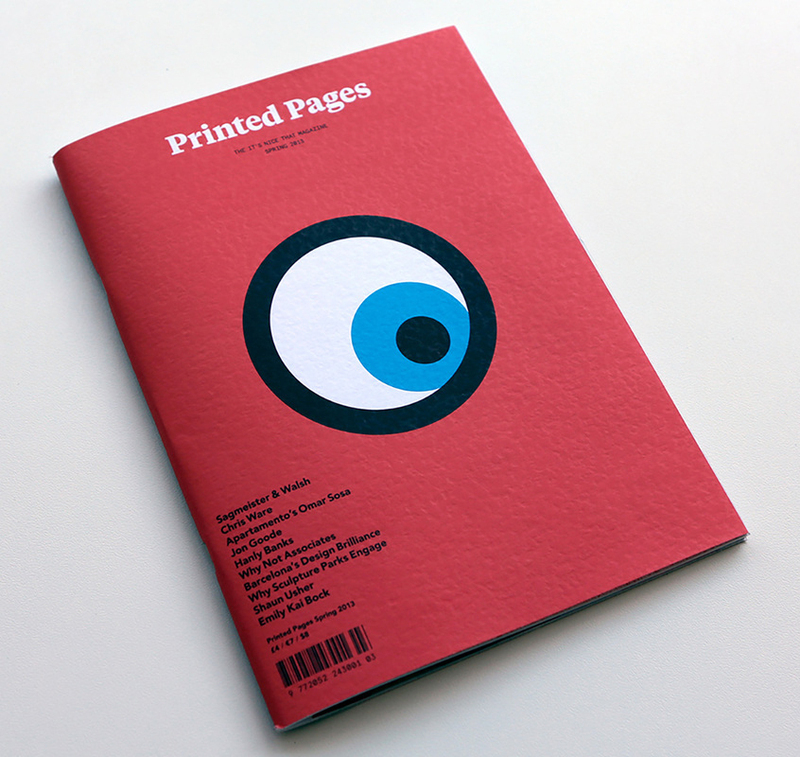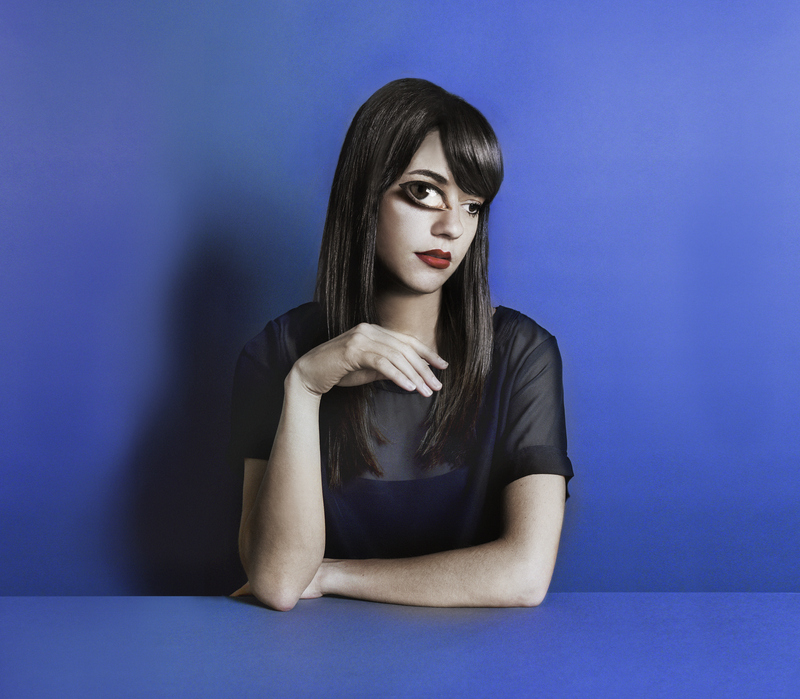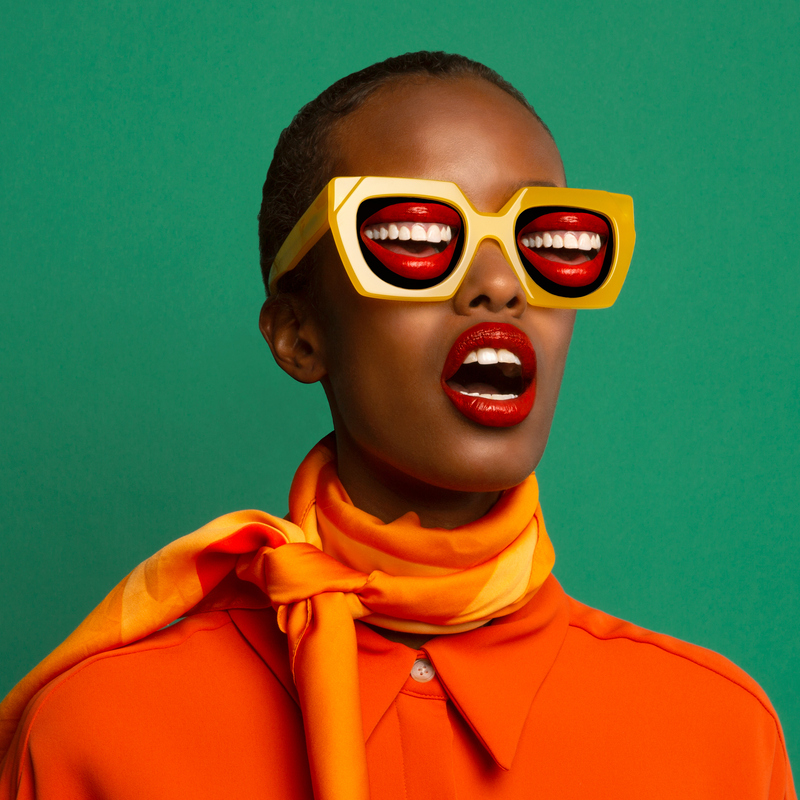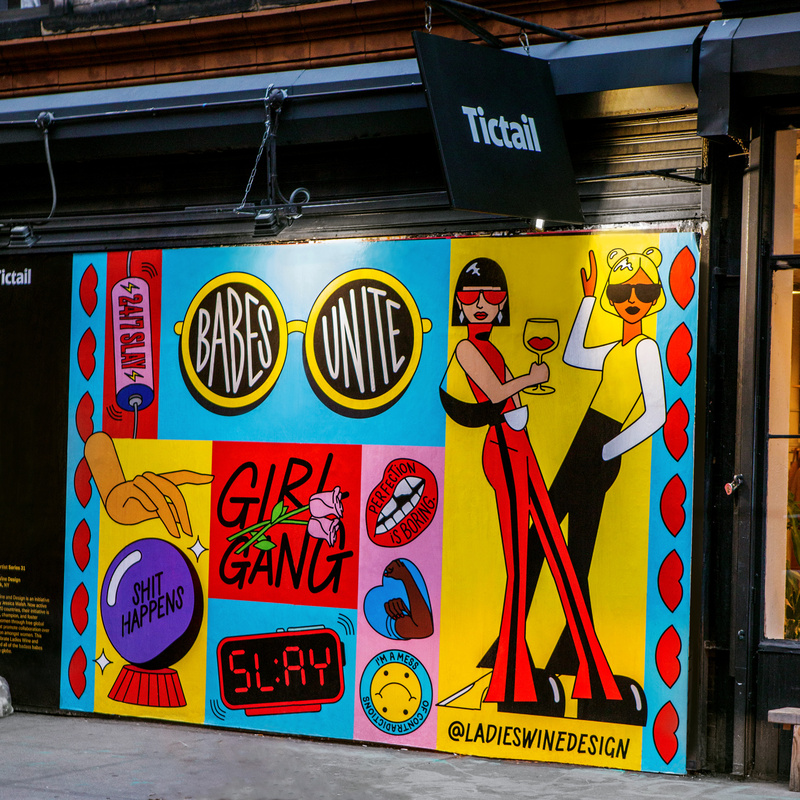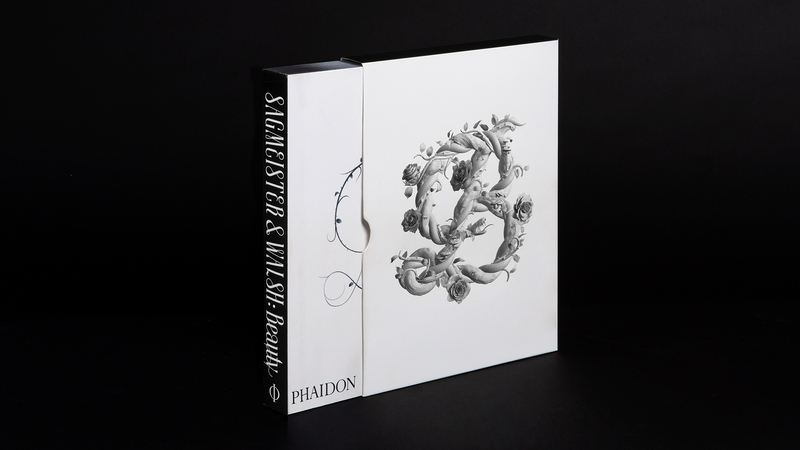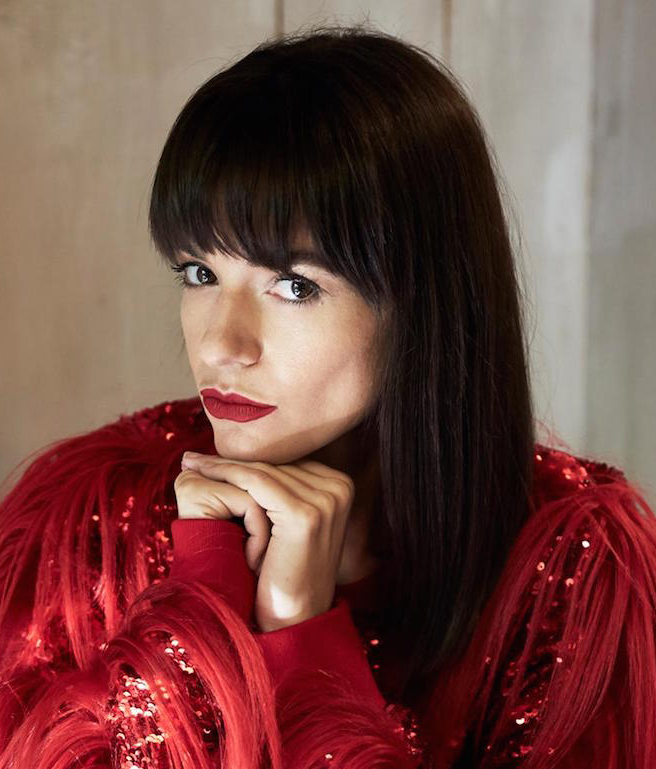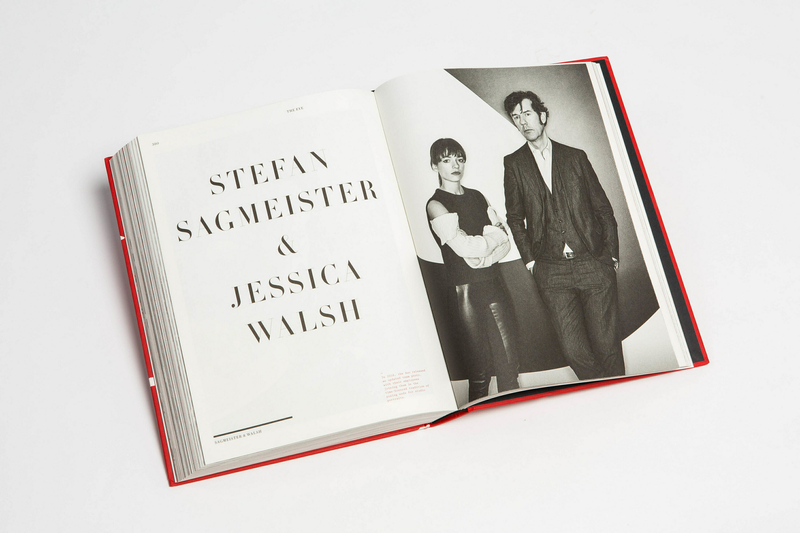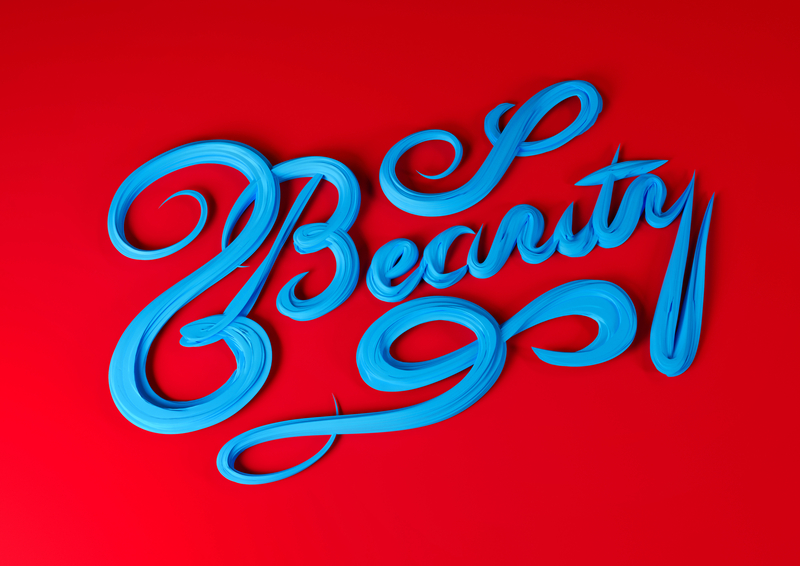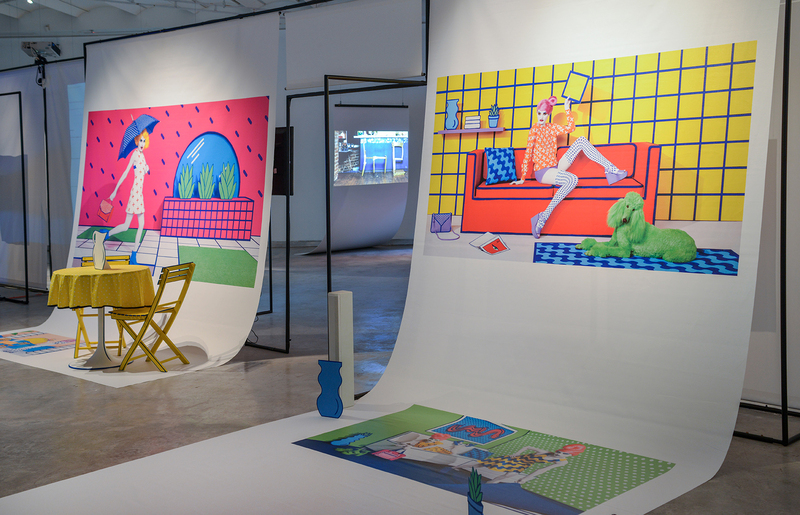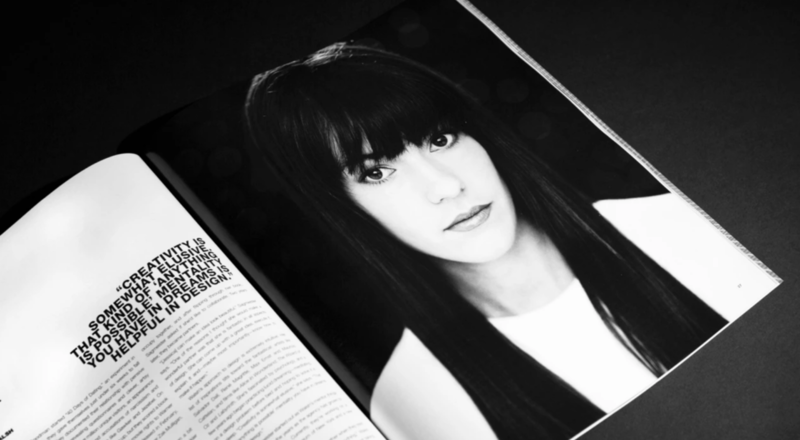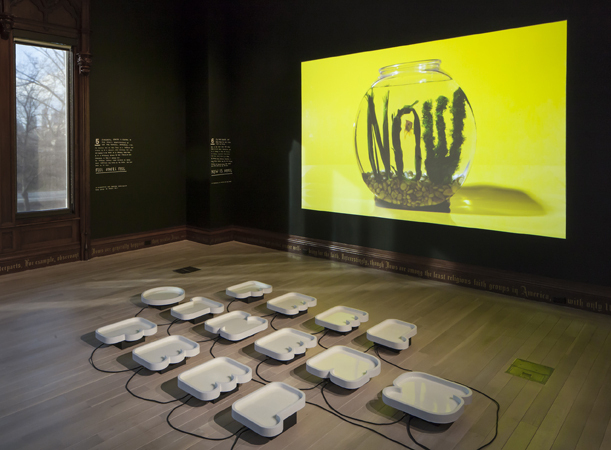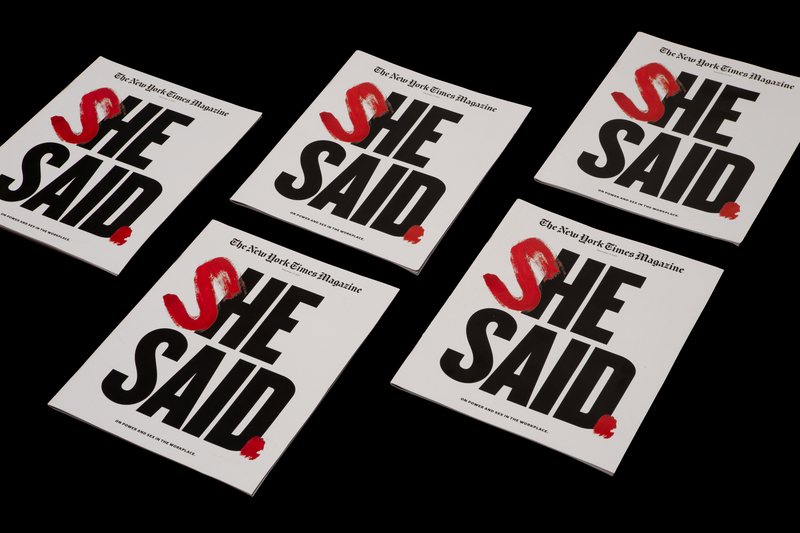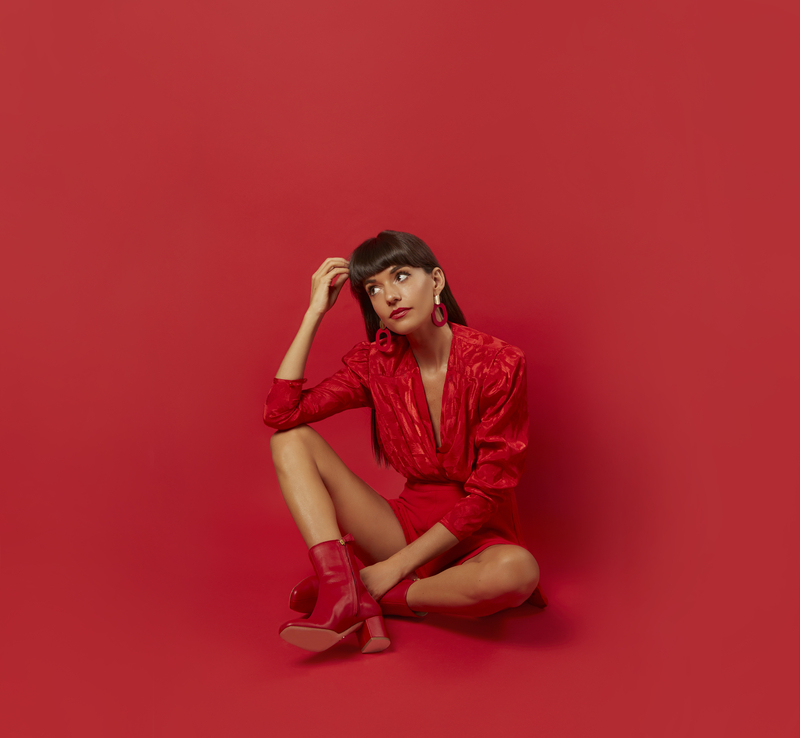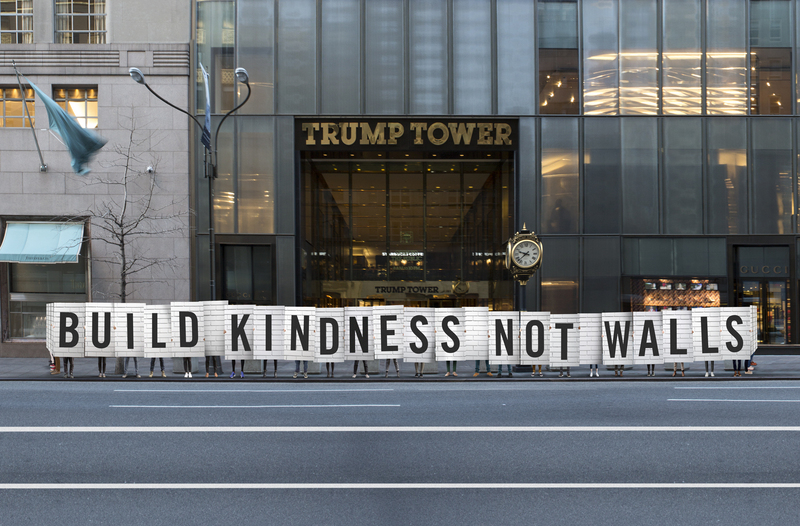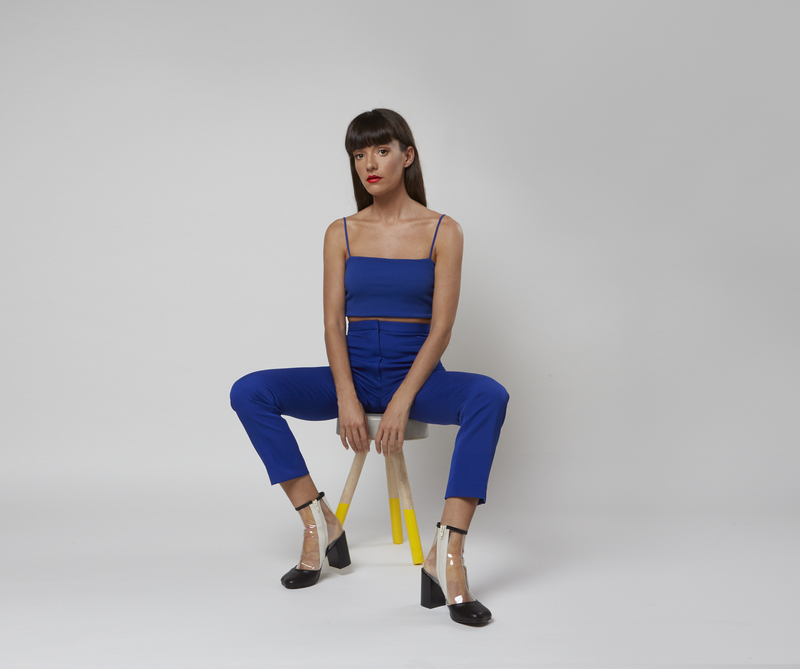Creating a unique creative style and voice can help differentiate you from the thousands of other creatives, making you more desirable in the job market. Your creative style and voice will reflect a mix of your personality, inspirations, memories & experiences. Here are six steps I believe helped me develop my style & voice:
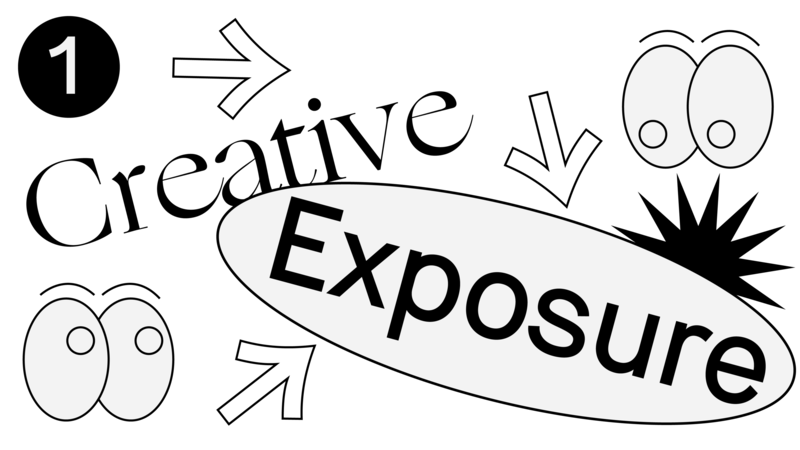
Step One: Expose yourself to a wide variety of inspirations from different creative disciplines, not just from your own field. Look at film, music, art, photography, fashion, writing, design, etc. Become a collector of things that you find beautiful or that resonate with you on an emotional level. In time, you will notice patterns and themes within your collections, all pointing to what resonates with you. These patterns can hold clues to the passions, experiences, emotions & styles that you gravitate towards — all of which can be used to develop your own unique voice. I suggest keeping records of these inspirations either digitally (you can use Pinterest / Dropbox / Evernote) or with a physical scrapbook/diary.

Step Two: It helps to have a solid understanding of your creative field’s history as well as the contemporary scene so that when you are developing your unique style, you understand its context. This will help you judge whether what you're making is unique enough or whether it’s too referential of a past or current creative’s work. I suggest learning as much as you can about those who came before you and those who inspire you most in your field. Learn about their philosophies, styles of working and who their own mentors were. As a student, it’s okay to copy the styles of the top creatives in your field to help you learn the basics of techniques, form & composition. As long as this work is never being used for commercial purposes and only for practice & that you’re always honest about your sources when sharing, copying can be a great way to learn.
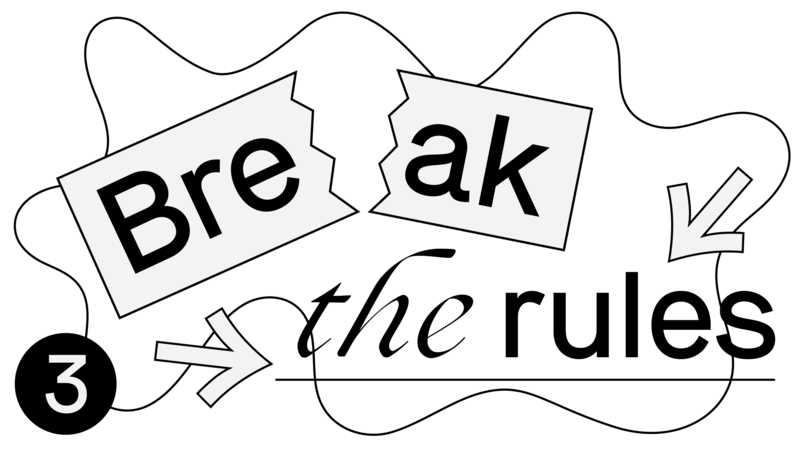
Step Three: Devote time to experimenting with various styles & techniques. Play with new tools & materials within your medium. Try using untraditional tools or techniques that you’ve never seen used before. What happens if you try to paint a portrait with only tools you find in nature like rocks or branches? Or use only the juice of a pomegranate with your calligraphy brush to draw typography? What happens if you try using 3D software to create the base of dimensional forms but then mix textures from your own film photography over them? What happens if you create a dress only out of materials you find at a supermarket? Or what happens if you try to make an analog sculpture that looks very digital?
Allow yourself the time & space to play and try strange things without frustration or fear of failure. You have to make a lot of bad work before you get somewhere good. Somewhere within this experimentation process, you will discover something new. You will discover what kind of styles and mediums you like working with most and what outcomes you gravitate towards aesthetically.

Step Four: For years now, I’ve given talks and workshops on the value of creative constraints. I find them to be the best way to come up with ideas. They are also an excellent way to form a unique visual style. It’s a technique often used in writing. For example, Dr. Seuss would only write his books with 30-120 words, which gave his books a strange and unique vocabulary style that people grew to love and know him for.
Unfortunately, there are too many other creatives doing things such as lettering or photo illustration for that to be enough of a distinct style. Unless you're putting a unique spin on that craft or using your voice and ideas as a way to make those styles distinct, it will be hard to differentiate yourself. Many of my favorite creatives work within their own unique constraints. Maybe you only create lettering with a specific tool or unusual ink. Or only take pictures upside down, once a day, at the same time. Or maybe you only photograph things your entire life that are blue. Whatever it is, your unique constraints can help create you a memorable and ownable style that people can begin to know you for. The more unique your constraints are, the more distinct your style will be, which can help you get more recognition.
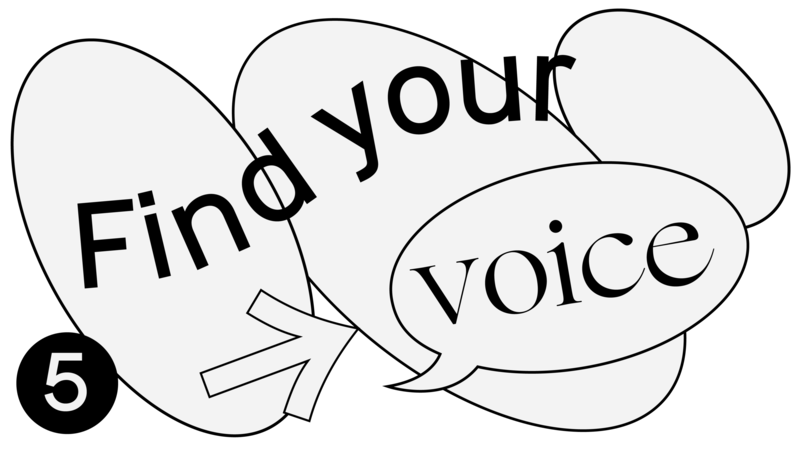
Step Five: It is useful to explore yourself and understand what makes you unique as a human. What makes you angry? What brings you joy? What sets your soul on fire? What are your vices? What do you love most in this world? Who are you beneath the mask society has taught you to wear? What are your innermost secrets or the darker parts of yourself or your past? Often what we perceive as negative traits, such as our obsessions, insecurities or hang-ups, are often quite universal and human.
Write down your personal story and history, and through this, you will find your voice and what you have to say. You will find things you are passionate about & want to explore in your work. You can use this as a way to make meaningful connections with audiences through your creative lens. Even if you’re using more traditional techniques or styles, if you have unique content in terms of ideas & voice, it can set your work apart just like a unique visual style can.

Here are a few examples of artists & designers that used unique creative constraints and unique voice to differentiate themselves and find a following in the creative world:
Wednesday uses a unique color palette and delightful drawing style. Combining art with their writing on activism for the LGBTQI+ community, they have gained recognition quickly.
Paula Scher is an icon in the design world known for her playful and dense typography in both her commercial work & paintings.
Jade Purple Brown uses simple shapes and bold colors to establish a memorable & playful personal illustration style.
Lauren Hom uses her unique voice to create memorable personal projects featuring her typography, often combined with her love for food.
Timothy Goodman became known for a unique simple black & white Sharpie marker style that most often includes his original writing.
Adam JK uses a very simple but recognizable hand-lettering style. Combined with his sense of humor and writing style, his work is instantly recognizable.
Shantell Martin uses a unique simple black and white line drawing style combined with a unique writing style using only a few words per piece to create her memorable style
Phil Hanson turned a tremor in his hand and a diagnosis of nerve damage into a creative constraint. What could he make with the shake? Letting his shake run free, he discovered new ways of drawing that he became known for.

Step Six: When I was preparing to give talks and workshops, I started out by writing a diary of the things I had learned and what I wanted to say. Through this, I discovered the areas of the creative process that were most important or helpful to me. It helped me articulate what I had learned creatively, as well as my intentions and motivations with my work. It helped me notice patterns in my creative process and made me more self-aware of my strengths and weaknesses. All of this has helped inform my voice, what I want to say through my work and the kind of work I want to make more of.

Keep repeating all the steps above. Keep making things. Keep writing. Keep your eyes and ears out for new inspirations. Stay curious. I see time and time again that those who put their heart in their work and are persistent in pushing themselves become the strongest designers in the long run, even if they didn't have the strongest portfolio starting out.
The idea of “innate talent” is a myth in my opinion. No one pops out of the womb as a great designer. I was terrible when I started out. I became good at what I do by putting in the hours, studying, refining & evolving my craft. You have to experiment, try things & make a lot of bad work before you make something good. Don’t ever give up or feel frustrated that it’s “too late” for you. I’ve read biographies of successful creatives who took decades to find their style or developed it very late in life, so don’t be deterred if you don’t find your style right away. Finding your voice might take you a few years, it might take decades. So while it's good to push yourself, remember to enjoy the process. Otherwise, what's the point?
—
Written by Jessica Walsh
